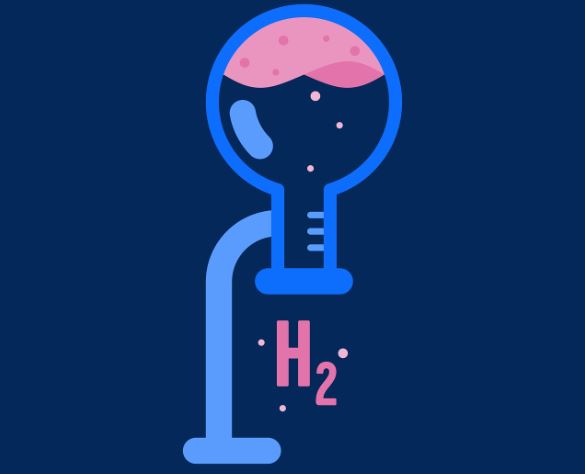While clean hydrogen holds great promise as a renewable energy source, current electrolysis processes face obstacles, particularly in utilizing seawater.
Seawater, abundant on our planet, presents a tantalizing opportunity for clean hydrogen production. However, conventional electrolysis processes struggle to extract pure hydrogen from seawater due to its composition, which includes potassium hydroxide and sodium chloride. These compounds not only increase energy consumption but also corrode electrolyzer components, posing significant obstacles to sustainable production.
A team of researchers from the Songshan Lake Materials Laboratory in China, led by Professor Lifeng Liu, has embarked on a groundbreaking endeavor to tackle these challenges. Their innovative electrolysis device, which incorporates seawater and hydrazine—a molecule composed of nitrogen and hydrogen—shows promise in significantly enhancing hydrogen production efficiency.
The researchers’ experiments with the new device have yielded promising results. By coating the electrodes with a foil made of tellurium and platinum, they have achieved catalysis at a much lower voltage, reducing unwanted side reactions and preventing corrosion. Furthermore, the device has demonstrated self-sustaining hydrogen production, operating without the need for external electricity input.
While the research marks a significant step forward, challenges remain. The reliance on platinum as a catalyst poses cost and environmental concerns, highlighting the need to explore alternative materials. Additionally, the toxicity of hydrazine underscores the importance of finding safer alternatives to ensure the well-being of operators and the environment.
The development of efficient seawater electrolysis methods holds the potential to revolutionize clean hydrogen production. By leveraging abundant seawater resources, researchers aim to lower energy consumption and production costs, paving the way for widespread adoption of hydrogen as a renewable energy source.





